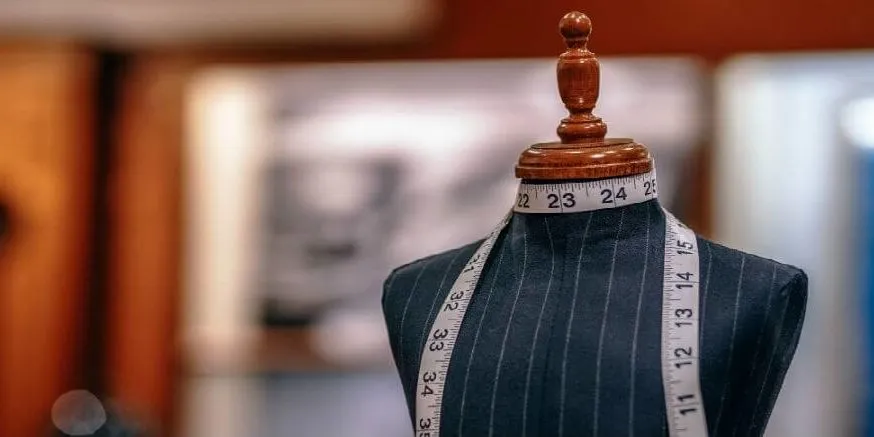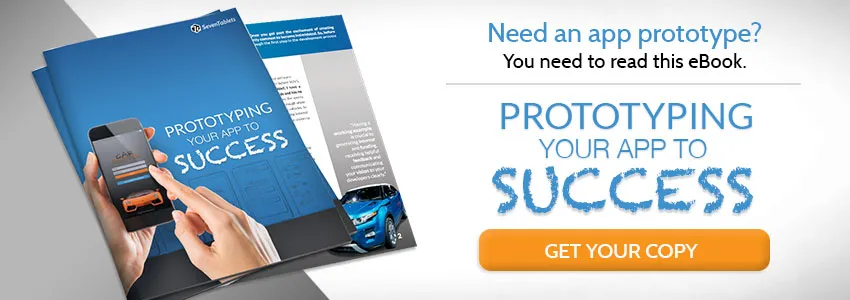Just a couple years ago, buying a custom-tailored shirt was a costly and time-consuming task. You’d have to find and then book an appointment with a tailor who could create or modify a garment to suit your unique body shape. Then, you’d need to visit the tailor for measurements and fittings before finally getting your new shirt. The process was so inconvenient that many would settle for ill-fitting garments rather than spending the time and money on a tailor. But now, there’s a high-tech alternative that’s making it fast, easy and affordable to acquire custom-tailored garments.
Augmented reality technology is becoming increasingly mainstream, with more and more companies seeking app developers who can create innovative platforms that blur the lines between the digital world and reality. In fact, apparel companies are leading the pack when it comes to businesses that are using AR technology to reach the next level. So whether you’re a design house, uniform manufacturer, large-scale tailoring company or work in another area of the garment-making industry, this is one piece of technology you should consider. In fact, for web-based companies, augmented reality clothing apps could close the gap that exists between brick and mortar shops and virtual storefronts.
How Are Augmented Reality Clothing Apps Being Used?
Apparel companies worldwide are seizing the opportunities that have arose as a result of augmented reality technology. Designers and garment manufacturers are using AR apps for clothing in a few different ways, including:
- Virtual Fitting Rooms: Brick and mortar stores have always maintained a solid advantage over e-commerce shops: shoppers can try on garments, getting a feel for how the piece will actually look on their body. But augmented reality apps are changing the game by offering virtual fitting room experiences. In fact, GAP was one of the first mainstream apparel retailers to offer an AR fitting room app called DressingRoom. Unveiled in January 2017, the app lets shoppers enter their height, weight and body shape in order to generate a digital avatar that’s used to try on clothes virtually. The digital avatar is not precisely the same as the user, but it’s conceivable that app developers could create an interface that uses the device’s live camera feed to scan the user’s body and render digital garments on their person. The end result would be a very exact and accurate fitting room experience you can enjoy from the comfort of your home.
- Virtual Tailors: Tailoring may ultimately become an obsolete profession as companies capture an individual’s measurements with augmented reality and the power of apparel and clothes fitting apps. One of the most popular of these apparel companies is Fit Freedom, which can capture a user’s measurements in mere seconds. The measurement data is then translated across multiple product lines and used to create custom-fitting garments, which is ideal for men and women of any height, weight, or body type. This technology is actually quite straightforward, as measurements are relatively easy to obtain once the device determines its distance and angle relative to the subject. The device’s camera feed translates imagery into measurements by leveraging a complex learning algorithm; the app then makes note of several key measurements, which are applied to a garment pattern. The result is a custom-made clothing item with a perfect fit. It’s also possible we might see a similar AR clothing app for do-it-yourselfers who want to print out a garment pattern that can be used to sew a one-of-a-kind item.
- Digital Apparel Design and Customization: We could see a major increase in the number of apparel customization and personalization opportunities as clothing companies create augmented reality apps and clothing design apps that empower creatives. Developers are now creating mobile apps that let users create or customize a garment, which can then be “tried on” using virtual fitting room technology. This is particularly popular amongst uniform manufacturers. In fact, 7T recently created an app for Rebel Athletic, a company that allows coaches and teams to design and order a custom uniform design. Users can design the garment, choosing the style, logo, colors and fabrics before viewing a digital rendering within the easy-to-use app interface.
Ultimately, this custom clothing design technology could evolve to a point where you can order well-fitting apparel for highly unique body shapes—such as conjoined twins, individuals with amputations and overgrowth syndrome patients—that currently require a human tailor.
It’s clear that augmented reality apps are changing the way consumers shop online. New technology — from the virtual fitting room to the AR clothes fitting app — is expected to be a major game-changer for e-commerce companies. They will not only become more competitive with brick and mortar shops but will also have the ability to offer more options in terms of customization and personalization. This jump in competitiveness could easily justify the cost of developing an augmented reality app (which is often less than what many companies expect to pay).
At 7T, our developers specialize in multiple facets of today’s cutting-edge technology, making our team well-positioned to help companies who are seeking to lead the pack. We can assist with a range of different projects involving not just augmented reality but also virtual reality, predictive analytics, artificial intelligence and natural language processing.
7T is based in Dallas, and our client base is spread across the United States. We invite you to contact our team today to discuss your AR app development project.











